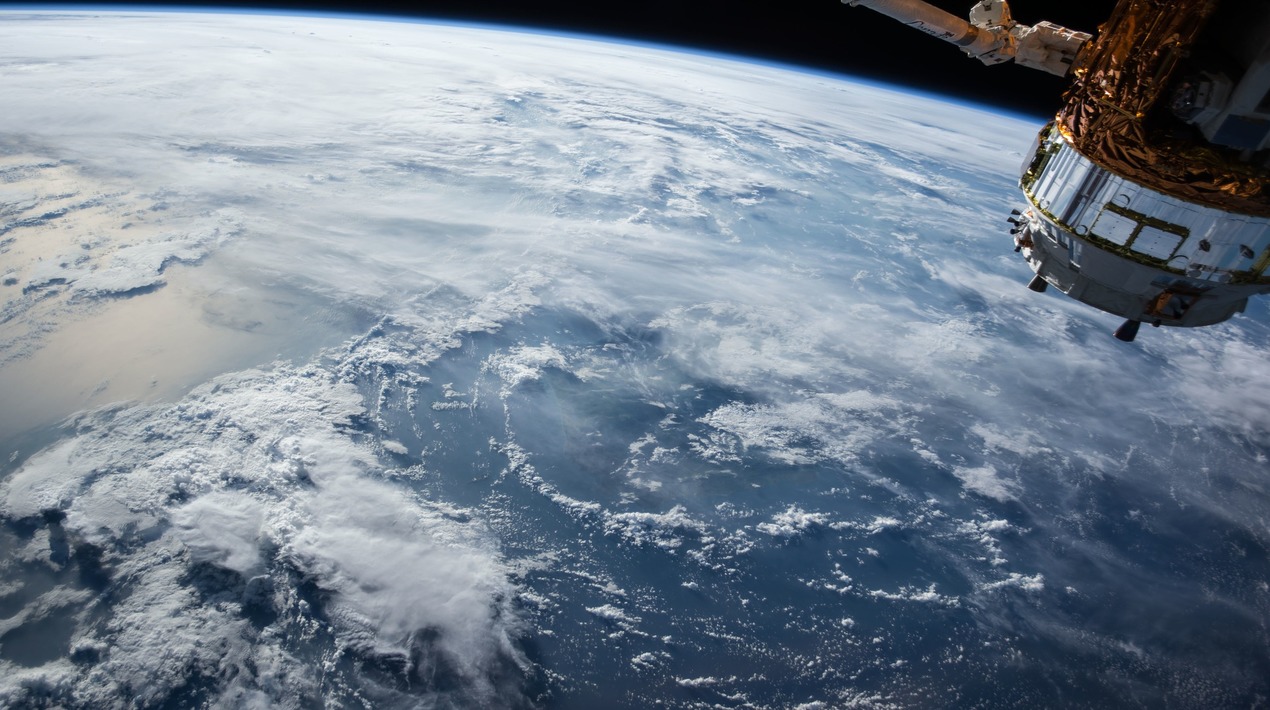
The Philippines Space Agency has reported that the Philippines to move forward with more of its establishment of satellites launched to space. According to the Department of Science and Technology (DOST), the MULA (Multispectral Unit for Land Assessment) satellite, which is set to launch in 2023, is on the government’s priority list. With its added jet propulsion system, MULA will stay in space longer and take more images than other Filipino-made satellites that have previously been launched.
“I am looking forward to seeing how MULA’s enhanced imaging capabilities can help improve disaster management, land use and land cover change mapping, crop monitoring and forest monitoring,” he said during a virtual event on the Philippine Space Agency’s (PhilSA) social media page.
The results of our human resource development program are even beyond our expectations considering the difficult working environment where we are in right now. Our country partners like Japan are saying that we are catching up fast. I hope that government budgetary support will be stronger and continuing.
– DOST Secretary
It is said to be twice as heavy and larger than the Diwata-2 microsatellite, with more payloads and spectral bands, allowing it to support more image applications and satellite products. “MULA is very significant to the DOST. Aside from being the biggest Philippine satellite developed, this is the first satellite that the DOST is doing in coordination with PhilSA,” the DOST chief said.
The DOST Secretary is convinced in PhilSA’s ability to oversee the completion and expected launch of MULA, as well as manage and operate the satellite afterwards. “It gives me the pride to see first-hand how the DOST’s early space R&D (research and development) activities have helped capable young Filipino scientists and engineers,” the official said, adding that the MULA team’s dedication inspires him.
Using the satellite, Filipino researchers could use MULA to mitigate challenges such as water quality and marine resource sustainability, among others. The MULA satellite in low earth orbit can circle the globe ten times per day, expanding opportunities for market data or leveraging collaboration with other nations.
Furthermore, the launch of two locally built cube satellites (cubesats) to the International Space Station (ISS) – the Maya-3 and Maya-4 – has been delayed due to inclement weather. According to the Philippine Space Agency (PhilSA), another attempt will be made. As per PhilSA’s Deputy Director-General, the cubesats will illustrate satellite stabilisation and control in orbit, onboard image processing and classification, as well as the use of solar cells and cubesat antennas, and test sensor and chip functionality.
In an interview, the Secretary of Science and Technology (DOST) asserted, “I am pleased that the country is meeting its targets and timelines in the space technology programme.” “The collaboration between DOST, PhilSA, and the University of the Philippines (UP) – Diliman has been quite effective,” he added.
Both cubesats were created as part of the STAMINA4Space (Space Technology and Applications Mastery, Innovation, and Advancement) Programme, which was funded by the DOST, UP Diliman, PhilSA, and Japan’s Kyushu Institute of Technology. The cubesats are nearly identical, weighing 1.15 kgs and measuring 10 cm (cm) X 10 cm X 11.35 cm.
Their missions included ground data acquisition demonstrations, image and video capture, detection and protection from single event latch-up due to space radiation, and GPS chip demonstrations, among others. Maya-1 was launched in 2018 and Maya-2 in 2021. Diwata 1 and 2, both microsatellites, were launched in 2016 and 2018, respectively. DOST previously noted that the projects will increase efforts to harness the power of satellite technology for other purposes such as agriculture, forest cover and natural resource inventory, weather forecasting, and disaster damage assessment and monitoring, among others.
















